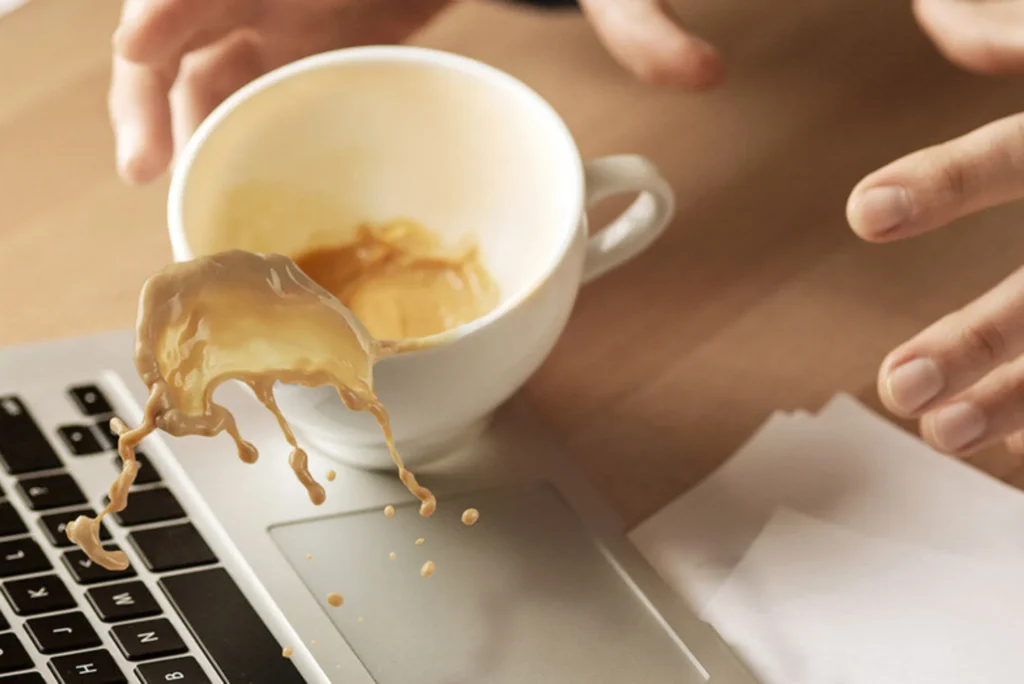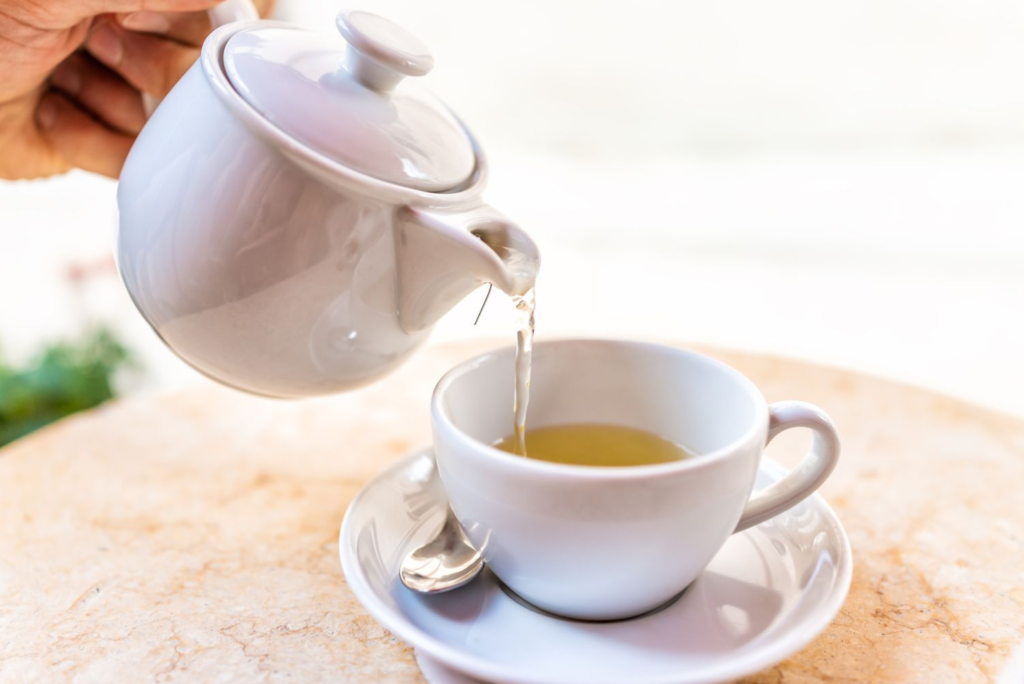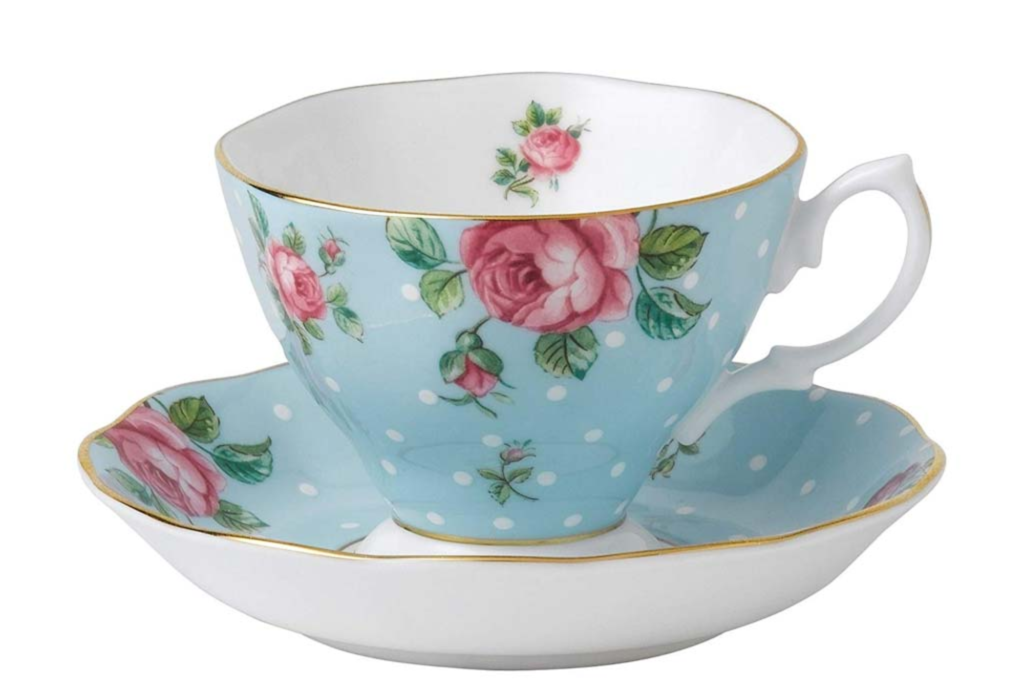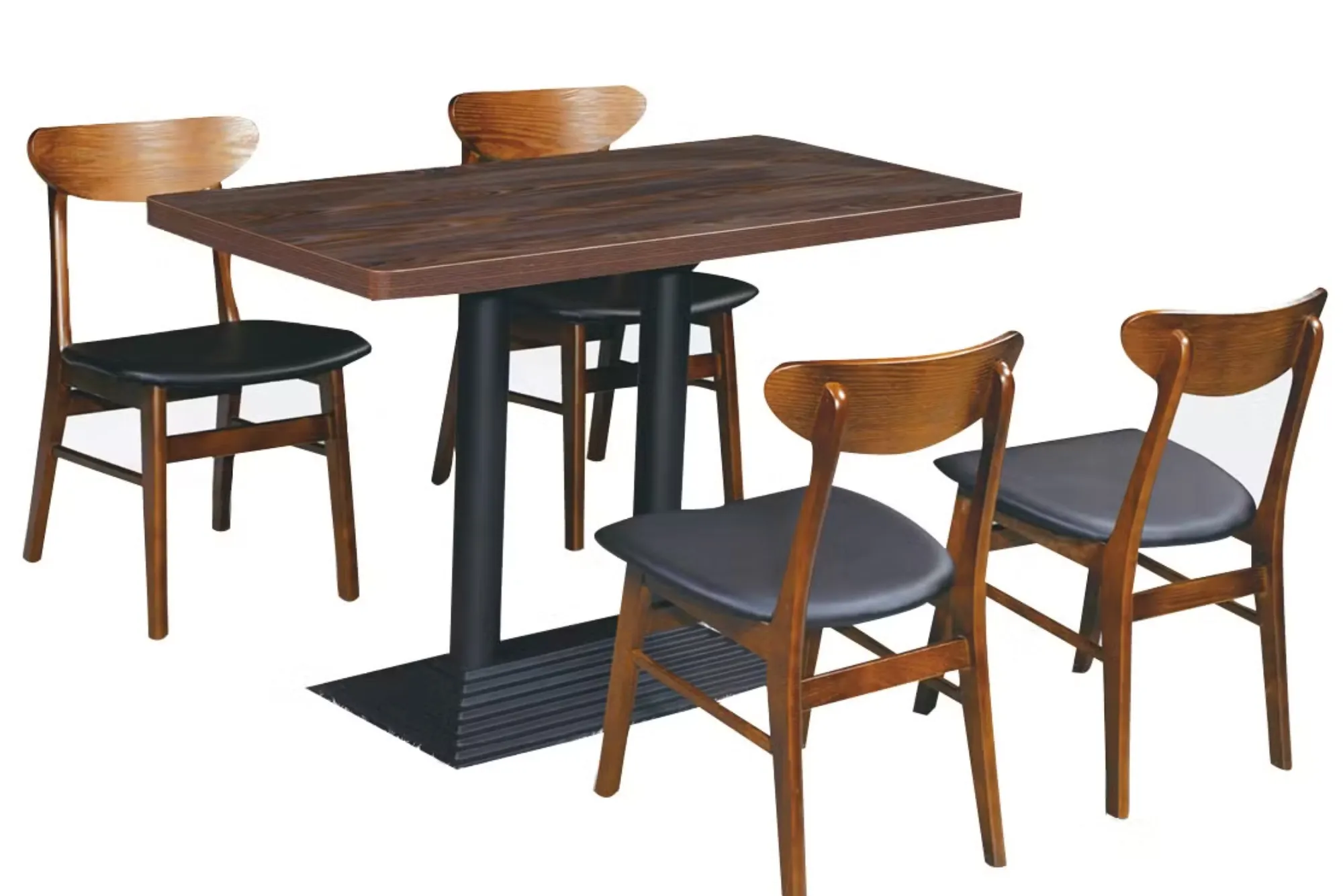Drawing objects that capture movement, texture, and realism is a fascinating challenge for artists. One such subject is tea spilling out of a cup. This dynamic scene combines the still life of a cup with the flowing motion of liquid, making it an excellent exercise in observation and technique. In this article, we will explore everything from the basics of setting up the composition to advanced techniques for creating a lifelike drawing that portrays the delicate interplay between solid and fluid elements.
Understanding the Subject Tea Spilling Out of a Cup

At its core, this drawing concept is about merging two contrasting elements: the solid, static cup and the fluid, ever-changing liquid. Tea, as a subject, presents unique artistic challenges due to its semi-transparency, reflective properties, and motion. Spilled tea adds another layer of complexity with its dynamic flow, splashes, and interaction with surfaces.
A well-executed drawing of tea spilling from a cup can evoke emotion, tell a story, or simply showcase the artist’s technical skill. To achieve this, an understanding of physics, light, and shadow is crucial.
Materials and Tools
Choosing the right materials is an essential step in the artistic process. For a tea-spilling-out-of-cup drawing, these tools will help bring your vision to life:
Basic Tools
Graphite Pencils: A range of pencils, such as HB for outlines and 2B-6B for shading, will be essential.
Erasers: A kneaded eraser is ideal for creating highlights and subtle corrections.
Blending Tools: Blending stumps, cotton swabs, or even tissue paper help smooth out pencil strokes.
Paper: Smooth drawing paper works well for fine details, while textured paper adds character to the drawing.
Optional Tools:
Colored Pencils: For adding warm tones to the tea and cup.
Watercolors: To enhance the realistic appearance of liquid and shadows.
Guide to Drawing
Conceptualizing and Planning
Start by envisioning your final piece. Decide on the perspective—will the cup be tilted slightly forward, showing the tea spilling out, or will it be a side view with tea cascading over the edge? Sketch lightly with an HB pencil to block out the basic shapes of the cup and liquid.
Outlining the Cup
The cup is the foundation of the drawing. Begin with simple shapes:
Draw an oval for the rim, ensuring it’s proportionate to the rest of the cup.
Add a cylindrical body beneath the rim, tapering slightly toward the base.
Sketch the handle with smooth curves, keeping it aligned with the cup’s proportions.
Refine the outline by erasing unnecessary lines and adding thickness to the rim and handle.
Sketching the Liquid
Visualize how tea would spill naturally. Use curved, flowing lines to represent the liquid’s path. Show splashes and droplets breaking away from the main stream. This adds dynamism and realism to your composition.
Adding Details to the Spill

Tea, being a fluid, has unpredictable shapes and edges. Pay attention to the following:
Contours: Draw uneven edges for the liquid flow.
Droplets: Add tiny droplets trailing behind the main spill.
Surface Interaction: Sketch where the tea lands, showing puddles or splashes.
Shading and Texturing
Shading gives the drawing its three-dimensional appearance. Use these techniques:
The Cup: Shade the inner and outer surfaces based on your light source. Add gradients to show the curvature.
The Tea: Start with light shading for the tea’s transparency. Use a kneaded eraser to create highlights and reflections.
Shadows: Add shadows beneath the cup and liquid spill to anchor them to the surface.
Advanced Techniques
Capturing Transparency
Tea is partially transparent, which means the background or objects beneath it might be slightly visible. Use light, overlapping strokes and blend them gently to mimic this effect. Erase lightly in specific areas to create highlights.
Depicting Motion
To convey movement, emphasize curves and irregularities in the liquid flow. Draw splashes with jagged edges and trailing droplets to suggest speed.
Reflections and Highlights
Tea often reflects light, especially under bright conditions. Use a sharp eraser or white pencil to add tiny highlights where the light hits the liquid. Reflective surfaces, like the inner rim of the cup or puddles, should have soft, mirrored effects.
Adding Color
If you want to add a touch of vibrancy to your drawing, colored pencils or watercolors are excellent options. For tea:
Use shades of brown, amber, or gold to depict the liquid.
Blend colors smoothly to avoid harsh lines.
Layer colors for depth, starting with light tones and gradually darkening areas.
For the cup, experiment with contrasting colors or intricate designs to make it stand out.
Common Challenges and Solutions

Proportions Look Off
Issue: The cup or liquid might appear disproportionate.
Solution: Use a reference image or grid technique to maintain accuracy.
Liquid Appears Static
Issue: The spilled tea looks rigid instead of flowing.
Solution: Study reference photos to observe how liquid behaves. Incorporate curves, splashes, and variations in thickness.
Transparency Is Difficult to Achieve
Issue: The tea looks opaque or flat.
Solution: Lightly erase over shaded areas to simulate transparency. Add subtle reflections and highlights.
Artistic Interpretation
While technical accuracy is important, don’t shy away from adding your own flair. A tea-spilling-out-of-cup drawing can be more than just realistic—it can tell a story. Maybe the cup is antique, with ornate designs, or perhaps the tea spill is exaggerated for dramatic effect. Personal touches make the artwork uniquely yours.
Tips for Beginners
Practice Small Elements: Before attempting the full scene, practice drawing cups, liquid spills, and splashes separately.
Use References: Observing real-life spills or photos provides valuable insight into how liquid behaves.
Experiment with Styles: Try sketching with different techniques—line art, cross-hatching, or watercolor washes.
A drawing of tea spilling out of a cup is a rewarding artistic project that hones your skills in realism, motion, and texture. With practice and attention to detail, you can create a stunning piece that captures both the static beauty of the cup and the dynamic flow of the tea. Whether you aim for photorealism or a more stylized approach, this subject offers endless possibilities for artistic expression. Take your time, experiment with techniques, and let your creativity guide you as you bring this dynamic scene to life on paper.



